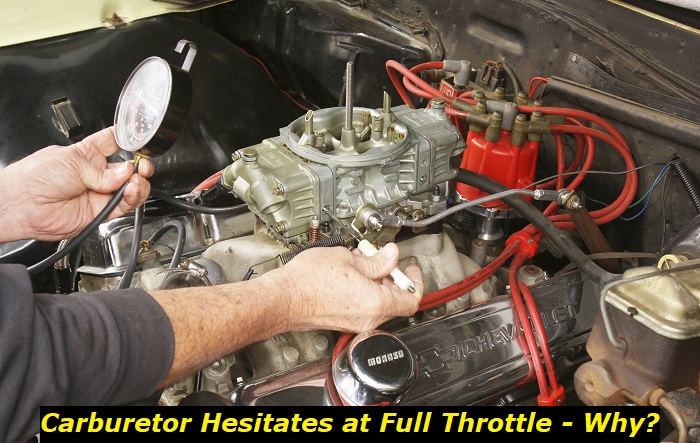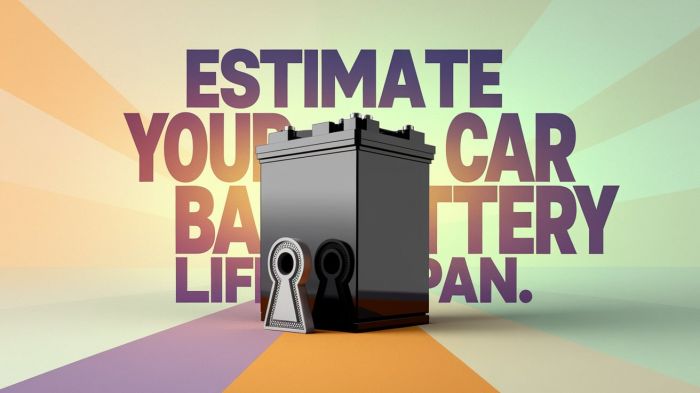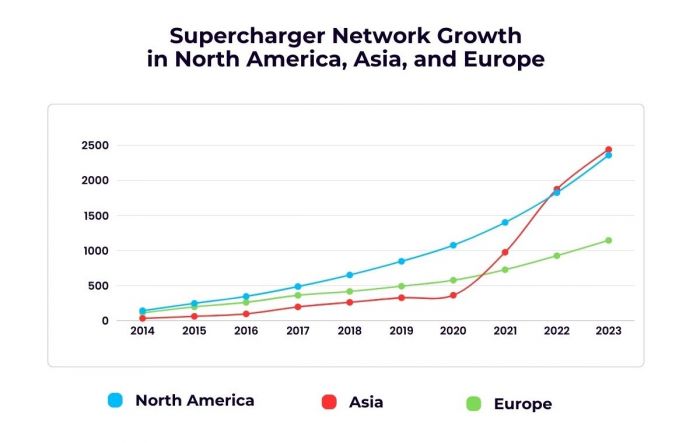Factors responsible for carburetor hesitation in your vehicle include a dirty carburetor, faulty accelerator pump, low fuel pressure, clogged passage/fuel filter, or even a damaged choke. Fixing carburetor hesitation will require you to identify and replace damaged components of the carb.
Engine power problems highlights
- Level of urgency:Medium
- DIY inspection:Possible but may be complicated
- DIY repair:Sometimes, possible
- Cost of repair:$200 - $650
- Can you drive?In most cases, yes
- Commonreasons:A largelist of reasons, including fuel and air supply, electronics, glitches, but not limited to those.
- Ways to fix:Use code scanner to locate the problem and solve it

What is a carburetor hesitation at full throttle?
First, carburetor hesitation only plagues carbureted engines. Most newer engines are instead designed with a direct fuel injector mechanism. The electrical direct fuel injector ensures a more accurate air-fuel mixture is fed into the engine.
Drivers will notice a hesitation while driving when they first throttle (floor their gas pedal). However, the hesitation may stop as they cruise during their trip. To further understand, a look at how the carburetor works is necessary.
Within the carburetor is the accelerator pump, a primary component. The Accelerator pump squirts fuel into the carburetor when you throttle.
Carburetors need to be manually adjusted to get the right air-fuel ratio. Usually, the accelerator pump is the main cause of hesitations. However, other causes will be examined subsequently.
Reasons for Carburetor Hesitation on Full Throttle
There are various reasons your vehicle's carburetor may hesitate on full throttle. It is important to be able to identify these causes for easier troubleshooting. Here are some causes I have identified over my years of working on carburetors:
1) Faulty or Clogged Accelerator Pump
The accelerator pump is responsible for injecting fuel into the carburetor at full throttle. Once the accelerator pedal is floored, the throttle opens, and additional air goes into the system. The accelerator pumps then push more fuel to match the air ratio in the carburetor.
When the pump is clogged or faulty, the fuel-air ratio is disrupted in the carburetor, causing what is referred to as a lean condition. This means the engine runs on an insufficient fuel supply.
2) Clogged fuel filter
In carbureted engines, the fuel filter is fitted in the fuel line between the tank and the fuel pump. Depending on your model, you can easily identify it by tracing the fuel line leading from the carburetor to the tank.
It is responsible for sieving out dirt and other impurities in the fuel that may get into and damage the engine. A clogged filter means the carburetor runs lean, especially at full throttle.
3) Clogged passage
These are obstructions or blockages in tubes in the carburetor. The passages allow the flow of fuel and air into the carburetor for efficient combustion. Sometimes old fuel build-up, debris, corrosion, or dirt may enter into these tubes, disrupting proper passage. The result is stalling and hesitation of the engine. You can clean these tubes using a compressed air spray.
4) Faulty power valve
A faulty power valve may cause the carburetor to hesitate at full throttle. The carburetor uses a vacuum system to fuel the engine. At full throttle, the intake vacuum drops, and less fuel flows into the carburetor. The power valves have a spring vacuum diaphragm that opens to correct the lean by increasing the flow of fuel. It is possible that the diaphragm to fail or get clogged with varnish deposits or dirt. In this case, replacing the power valve is necessary for a fix.
5) Faulty choke
The choke is located just before the throttle. It resembles a butterfly valve mounted in the air passage of the carburetor. Just as the power valve manages the fuel amount in the carburetor, the choke manages the amount of air going in for combustion. For instance, during a cold start, the choke is completely closed to reduce the air and subsequently increase the fuel ratio. When damaged, the engine runs rich and may hesitate.
6) Broken Gasket
Gaskets are often overlooked by many DIY-mechanic because of their simplicity. However, they play an important role in keeping the carburetor, accelerator pump, and other parts air-tight. A broken gasket causes fuel or air to leak, causing the engine to run rich. In this situation, you will need to lose both primary sides of the carburetor and inspect the gasket for breaks and wear.
7) Clogged air filter
The air filter sits on top of the engine and carburetor on older vehicles. It helps provide the carburetor with clean air for optimal performance. A clogged air filter means little or no air gets into the carburetor, causing the engine to run rich and perform poorly.
How to Fix Carburetor Hesitation at Full Throttle
Many of the fixes I recommend will require you to tackle some of the root causes of the hesitation identified above. You may sometimes need a diagnostic scan to identify the root cause.
Below are ways to remedy carburetor hesitation at full throttle:
1) Clean your carburetor
As discussed earlier, a dirty or clogged carburetor may be responsible for hesitation at full throttle. The process will involve using a specialized cleaner or substance to remove dirt or fuel build-up.
2) Replace clogged fuel filter
If you suspect that the fuel filter is the cause of the hesitation in your engine, you should have it replaced with a new one. You can do this easily by first losing the fuel line from the carburetor. The fuel filter is usually between the fuel line and the carburetor.
3) Repair all vacuum leaks
Inspect the carburetor casing for vacuum leaks that can disrupt the air-fuel mixture ratio. Primarily vacuum leaks will be caused by broken gasket seals. I recommend changing those gaskets with an OEM-recommended gasket.
4) Replace faulty accelerator pumps
When the accelerator pump fails, it results in a lean condition that causes the engine to hesitate at full throttle. If the nozzle of the accelerator pump isn't squirting fuel enough or there is physical damage to the parts, you will have to replace it with a new accelerator pump.
How to clean the carburetor in your car
The carburetor needs to be cleaned at regular intervals to prevent it from breaking down. Due to the constant inflow of air and fuel mixture, impurities may be left within the carburetor. These impurities are capable of clogging the system. The following are recommended steps to clean the carburetor:
- Remove Carburetor from the Manifold:The first step to clean the carburetor is to detach it completely from the manifold. This is to allow you space to work as you clean the carburetor.
- Drain fuel remnants in the carb:Once you remove the carburetor from the manifold, drain the leftover fuel within the carb and wipe clean. You can do this by turning the carburetor upside down and allowing the fuel to drain out.
- Lose the carburetor into bits:It's best to lose the carburetor into bits so you can easily clean its components. We recommend carefully separating the power valve, nozzle, jets, pumps, and more.
- Brush the components:Before you deep these parts into a chemical bath, it's best to brush each component carefully. It helps get rid of heavy deposits that may be hidden on these components.
- Soak all parts:While the brushing may have gotten rid of the majority of deposits, I still recommend you soak all the components of your carburetor in soap water for about 20 minutes for deep cleaning
- Spray the carburetor:Some deposits may be hidden, especially inside the nozzle sprayer. You can use a spray blower to get rid of these hidden debris and deposits.
- Clean the jet:The jets are prone to buildup deposits from the air- filter. To clean the jet, hold it up so you can see the passage clearly. Using a thin wire, clear blockages and debris within the hole.
- Assemble and fix the carburetor:Once you have cleaned all parts thoroughly, assemble the carburetor and fix it back in the engine.
Conclusion
Carburetors are very important for proper combustion in the engine. They manage the air-fuel mixture ratio for proper performance. Once a fault develops in the carburetor, the air-fuel ratio is altered, causing stalling, spattering, and hesitation. This article has discussed some common causes of carburetor hesitation at full throttle. Also discussed included how to fix such hesitation and properly clean your carburetor.
About the authors
The CarAraC research team is composed of seasoned auto mechanics and automotive industry professionals, including individuals with advanced degrees and certifications in their field. Our team members boast prestigious credentials, reflecting their extensive knowledge and skills. These qualifications include: IMI: Institute of the Motor Industry, ASE-Certified Master Automobile Technicians; Coventry University, Graduate of MA in Automotive Journalism; Politecnico di Torino, Italy, MS Automotive Engineering; Ss. Cyril and Methodius University in Skopje, Mechanical University in Skopje; TOC Automotive College; DHA Suffa University, Department of Mechanical Engineering






Add comment